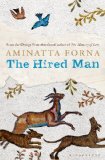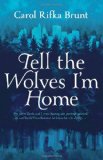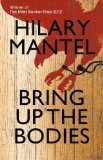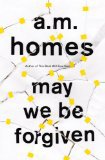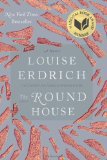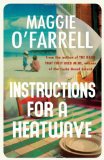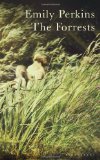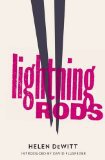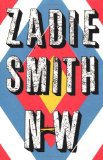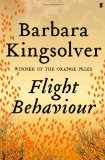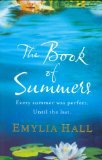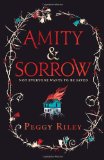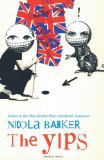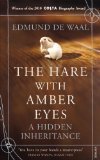
Winner of the 2010 Costa Biography Prize
Five words from the blurb: Japanese, carvings, history, family, century
Last year I tried to read The Hare with Amber Eyes, but abandoned it after about 50 pages. I was therefore a bit disappointed when my brand new book club picked it as their first title. Unwilling to be defeated by the very first book I battled through the entire thing. Unfortunately it wasn’t to my taste, but it did at least provoke a good discussion.
The book is a history of the author’s family. Edmund de Waal inherited a collection of tiny Japanese carvings called “netsuke” and, by investigating the way these passed through the generations, he charts the story of his family through the last century. Beginning in Paris in 1871, passing through Nazi occupied Vienna, and finishing in Tokyo; the book gives a detailed history of the family as their fortune changes.
Unfortunately this book was too dry for me. It was very well researched, but the details were of no interest to me:
Ten houses down from the Ephrussi household, at number 61, is the house of Abraham Camondo, with his brother Nissim at 63 and their sister Rebecca over the street at number 60. The Camondos, Jewish financiers like the Ephrussi, had come to Paris from Constantinople by way of Venice. The banker Henri Cernuschi, a plutocratic supporter of the Paris Commune, had come to Paris from Italy and lived in chilly magnificence with his Japanese treasures on the edge of the park. At number 55 is the Hotel Cattaui, home to a family of Jewish bankers from Egypt. At number 43 is the palace of Adolphe de Rothschild…..
I just didn’t care! I wanted to know about the lives of these people – their thoughts and emotions. I didn’t care who they lived next to or how their house was constructed.
It probably didn’t help that I have no interest in art or classical music and so the famous names mentioned did nothing for me. I was also well aware of the plight of Jews in occupied Vienna and so none of the details were new to me. There were some beautifully described scenes, but I’m afraid these weren’t enough to make up for the long boring sections.
The first and last chapters, in which the author described his own thoughts, were the only ones that contained any emotion. I wished he’d been able to inject this emotion into other members of his family. I also wished that he’d been able to include more information about the life of his gay uncle. The story of a homosexual man living in less tolerant times would have been far more interesting than the story he actually told.
Overall this book was too dry and boring for me. Recommended to those who love the history of art.

.
My Book Club
The first meeting of my new book club went really well. It was a lovely group of women and we had a great discussion about the book. I was a bit worried about going to the meeting having had such a negative reaction to the first book, but luckily most of the group felt the same way I did! Only one member of the group enjoyed The Hare with Amber Eyes, but we managed to discuss its positive attributes and its flaws without any bad vibes. I’m looking forward to discussing the next book, Cloud Atlas, and getting to know these lovely women better.
